Neuro-Symbolic AI in Coding Tools: Bridging Logic and Learning
Artificial Intelligence has made significant strides in helping developers write, debug, and optimize code. Traditional AI-powered coding assistants rely heavily on neural networks that excel at pattern recognition but often lack deep reasoning capabilities. This is where Neuro-Symbolic AI comes into play, combining the flexibility of neural networks with the logical reasoning power of symbolic AI.
What is Neuro-Symbolic AI?
Neuro-symbolic AI is a hybrid approach that integrates neural networks (for perception and learning) with symbolic reasoning (for structured logic, rules, and explainability). In the context of coding tools, this allows AI systems not only to autocomplete or generate code but also to reason about program correctness, follow rules, and explain decisions.
Why It Matters in Coding Tools
Traditional AI coding assistants (like autocomplete engines) are powerful but sometimes produce “black-box” outputs that lack clarity or logical consistency. Neuro-symbolic AI goes a step further by:
-
Understanding Context: Instead of just predicting code tokens, it can analyze business rules and software architecture.
-
Better Debugging: It can reason about program logic and identify deeper bugs beyond syntax errors.
-
Explainable Suggestions: Developers can see why a piece of code is suggested.
-
Compliance & Safety: Useful in domains like finance, healthcare, or aerospace where strict logic and compliance matter.
-
Hybrid Intelligence: Combines machine learning’s adaptability with rule-based reasoning for more reliable outcomes.
Real-World Use Cases in Development
-
Intelligent Code Reviews: Automatically checking code for logical consistency with project rules.
-
Explainable Code Generation: Not just generating code but providing reasoning paths.
-
AI-Powered Debugging: Detecting logical flaws that typical linters or compilers miss.
-
Domain-Specific Development: Embedding domain rules (like financial regulations) directly into AI-assisted coding.
Frequently Asked Questions (FAQs)
Q1. How is Neuro-Symbolic AI different from normal AI coding assistants?
Normal coding assistants rely on statistical predictions, while Neuro-Symbolic AI combines prediction with structured reasoning. This makes suggestions more logical and explainable.
Q2. Can Neuro-Symbolic AI replace developers?
No. It is designed to augment developers by reducing repetitive tasks, catching errors, and providing explainable suggestions—developers still make final design and logic decisions.
Q3. Where is Neuro-Symbolic AI most useful in coding?
It shines in mission-critical software, debugging, compliance-heavy projects, and situations where logical reasoning is as important as code syntax.
Q4. Is Neuro-Symbolic AI already used in popular tools?
Yes, research and early adoption are happening. Some advanced AI copilots, static analysis tools, and enterprise platforms are experimenting with hybrid neuro-symbolic approaches.
Q5. Will Neuro-Symbolic AI make coding faster?
Yes. By combining pattern recognition with reasoning, it reduces debugging time, increases accuracy, and provides more context-aware code generation.













 2025. All rights reserved
2025. All rights reserved